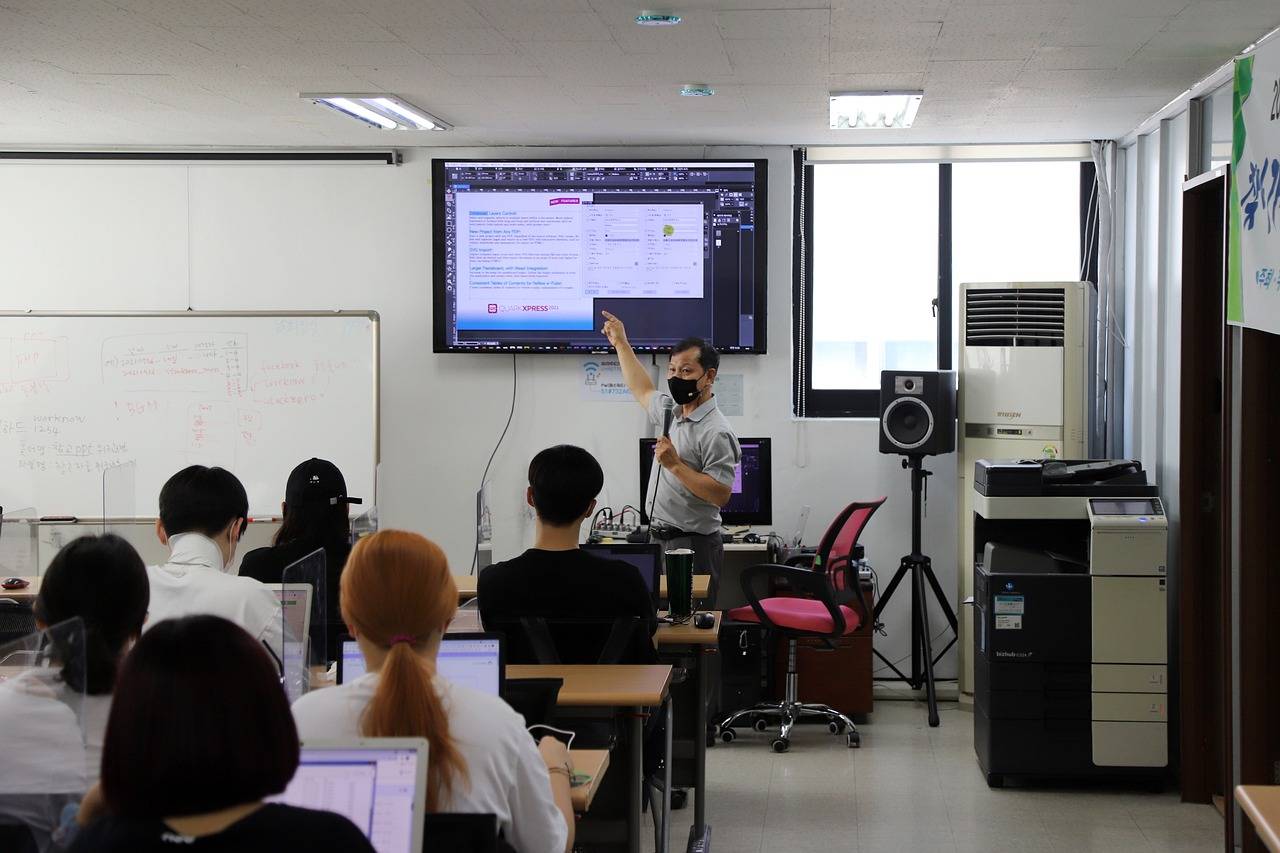Promoting Culturally Inclusive Approaches to Teaching Geography
Traditional geography education often overlooks the practical application of theory in real-world contexts. The emphasis is often placed on memorization and regurgitation of facts rather than fostering critical thinking skills among students. As a result, many students struggle to see the relevance of geography in their daily lives, leading to disinterest in the subject.
Furthermore, the curriculum in traditional geography education tends to focus heavily on Western perspectives, neglecting the rich cultural diversity present in the field. This lack of representation can alienate students from non-Western backgrounds and fail to provide them with a comprehensive understanding of global geography. In order to address these challenges, it is essential to reform traditional geography education to be more inclusive and engaging for all students.
Recognizing the Importance of Cultural Diversity in Geography
Cultural diversity plays a vital role in shaping our understanding of the world around us. Geography education that embraces and acknowledges cultural diversity can lead to a more inclusive and comprehensive learning experience for students. By incorporating various cultural perspectives, students are better equipped to appreciate the interconnectedness of different societies and their environments.
Understanding cultural diversity in geography also fosters a deeper respect and empathy for different ways of life. It allows students to examine how factors such as language, beliefs, customs, and traditions influence the ways in which people interact with their surroundings. By exploring these rich cultural tapestries, students can develop a more nuanced understanding of the complex relationships between humans and the environments in which they live.
Why is cultural diversity important in the field of geography?
Cultural diversity is important in geography because it helps us understand how different societies interact with their environment, how they shape their landscapes, and how they adapt to various geographical challenges.
How does cultural diversity impact traditional geography education?
Cultural diversity challenges traditional geography education by highlighting the need to include perspectives and knowledge from diverse cultures. It also encourages educators to move away from a Eurocentric view of geography and consider the contributions of non-Western societies.
What are some challenges in incorporating cultural diversity into geography education?
Some challenges in incorporating cultural diversity into geography education include finding relevant and accurate sources of information, overcoming biases and stereotypes, and ensuring that diverse perspectives are adequately represented in the curriculum.
How can educators promote cultural diversity in geography education?
Educators can promote cultural diversity in geography education by incorporating diverse case studies, inviting guest speakers from different cultural backgrounds, encouraging students to conduct research on non-Western societies, and providing opportunities for cross-cultural exchanges.






